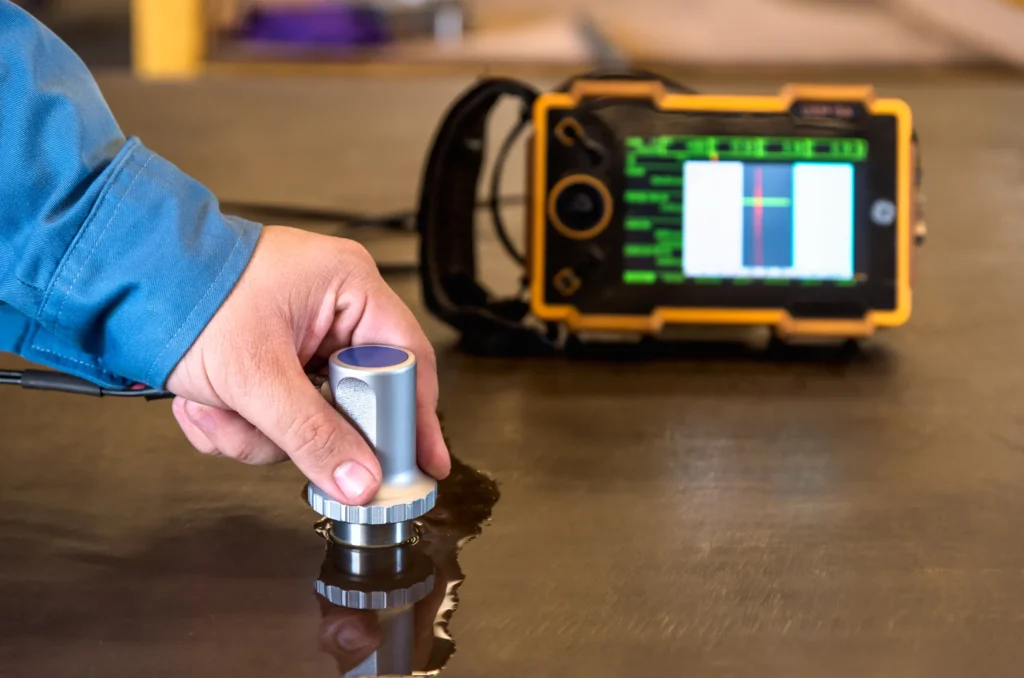Ultrasonic foundation testing has revolutionised how construction professionals verify the structural integrity of deep foundations. This non-destructive testing method relies on specialised equipment to transmit sound waves through concrete, measuring velocity changes that reveal invisible internal defects. At the core of this methodology are water-filled tubes that enable ultrasonic wave transmission. The Sonic Tube system has emerged as the industry standard due to its precise engineering, specifically for Cross Sonic Logging (CSL) applications. These specialised tubes facilitate accurate measurements while withstanding the harsh conditions of concrete pouring and curing, providing contractors with reliable data about foundation quality without compromising structural elements.
Unmatched precision
Foundation testing tubes deliver exceptional accuracy in detecting critical defects that might otherwise remain hidden:
- Tubes positioned within reinforcement cages allow ultrasonic waves to penetrate throughout the entire concrete element
- Wave velocity changes as low as 10% can identify potential voids or honeycombing
- Properly installed tubes provide consistent readings at multiple depths
- Defect location can be pinpointed with centimetre-level accuracy
- Early detection prevents catastrophic structural failures that might occur years later
This level of detail enables engineers to make informed assessments about foundation integrity before construction progresses to more advanced stages. Detecting anomalies early prevents costly remediation efforts or structural failures that could endanger lives.
Speed on site
Construction timelines demand testing methods that provide quick results without delaying project progression. Modern foundation testing tubes integrate seamlessly into standard construction workflows without creating bottlenecks. Installation co-occurs with reinforcement cage assembly, requiring minimal additional labour. Test preparation time decreases significantly compared to older methods that required drilling through cured concrete. Results from CSL testing using quality tubes typically become available within 24-48 hours after concrete has reached sufficient strength, allowing construction teams to maintain momentum while ensuring quality control. This efficiency translates directly to cost savings on projects where time overruns carry substantial financial penalties. Project managers consistently cite the speed and reliability of ultrasonic testing as key factors in their preference for this method over alternatives.
Versatile applications
Foundation testing tubes perform effectively across virtually all deep foundation elements regardless of size, shape, or depth. These systems work equally well in bored piles, drilled shafts, barrettes, diaphragm walls, and secant piles. Tube configurations can be customised for varying diameters and lengths, accommodating foundations ranging from 0.5 meters to over 3 meters in diameter. Testing can occur at depths exceeding 100 meters while maintaining accuracy, which is crucial for demanding infrastructure projects like bridges and high-rise buildings. Special adapters allow tubes to navigate complex reinforcement cage geometries without compromising structural integrity or test accuracy.
Installation benefits
Professional contractors value foundation testing tubes for their practical installation advantages:
- Lightweight materials reduce handling challenges during reinforcement cage assembly
- Quick-connect systems eliminate time-consuming threading or complex joining methods
- Reinforced end caps protect tubes during cage transportation and concrete pouring
- Colour-coded systems prevent testing confusion when multiple tubes are installed
- Durable materials withstand the extreme pressures and temperatures of concrete curing
These practical considerations make a substantial difference on busy construction sites where efficiency directly impacts project timelines and budgets. Engineers consistently report that properly installed foundation testing tubes provide the reliability needed for critical infrastructure projects while minimising disruption to construction workflows.


